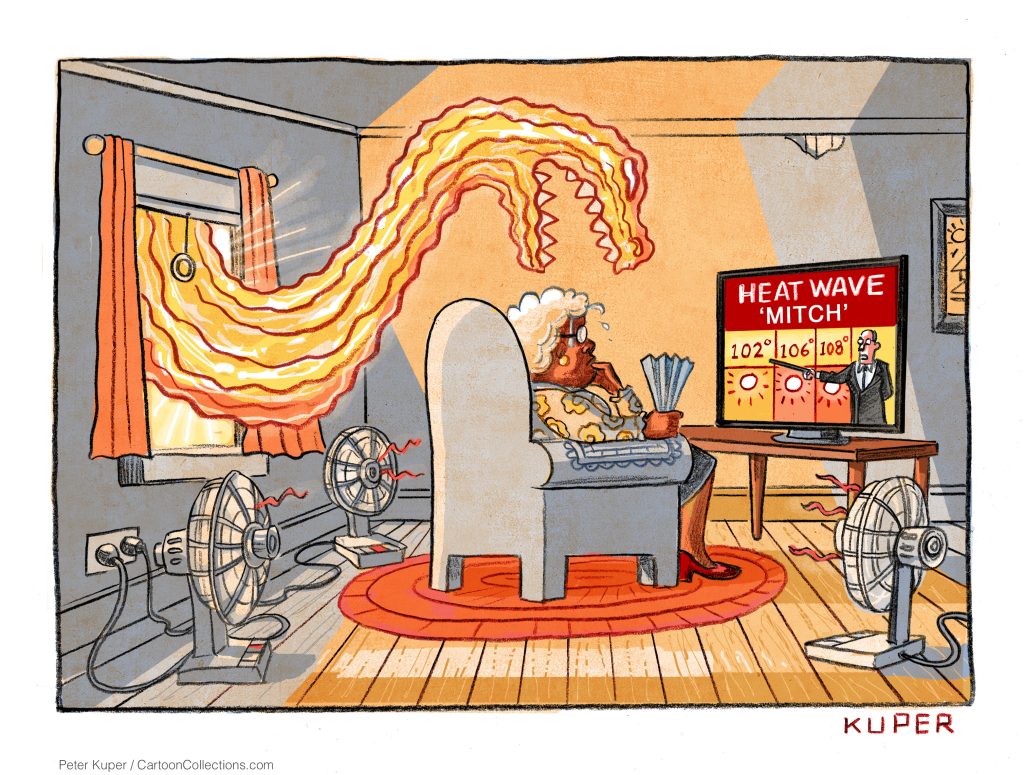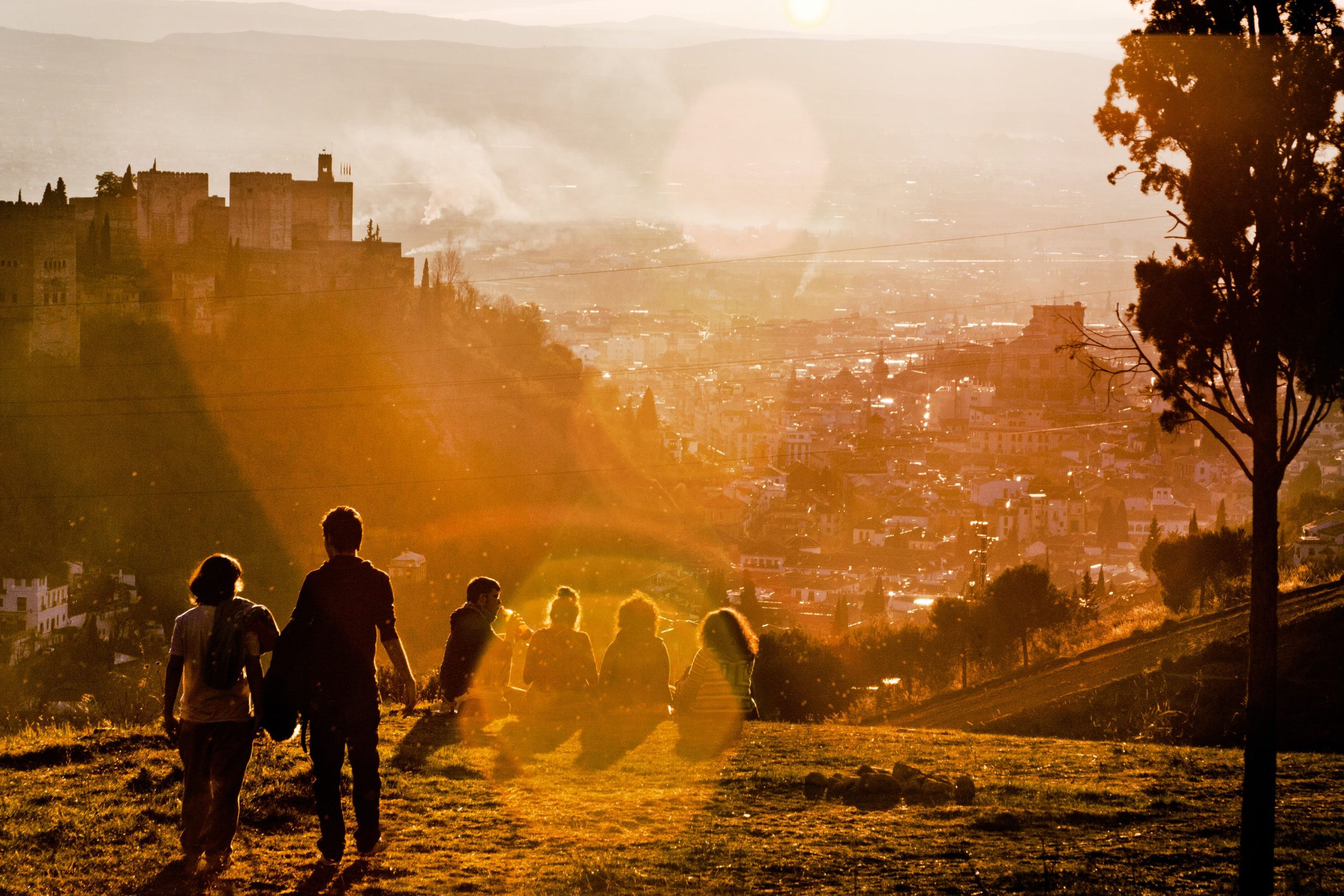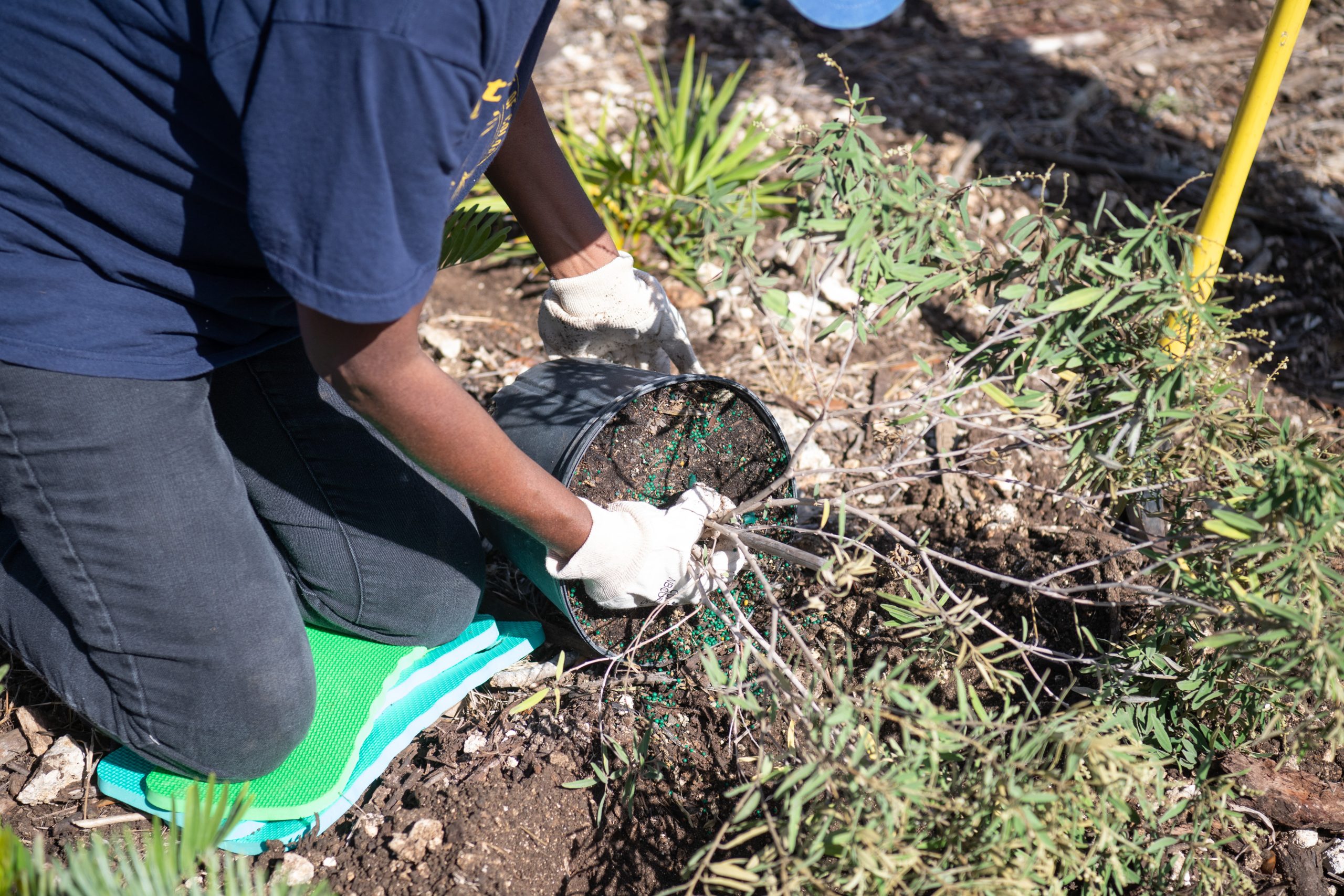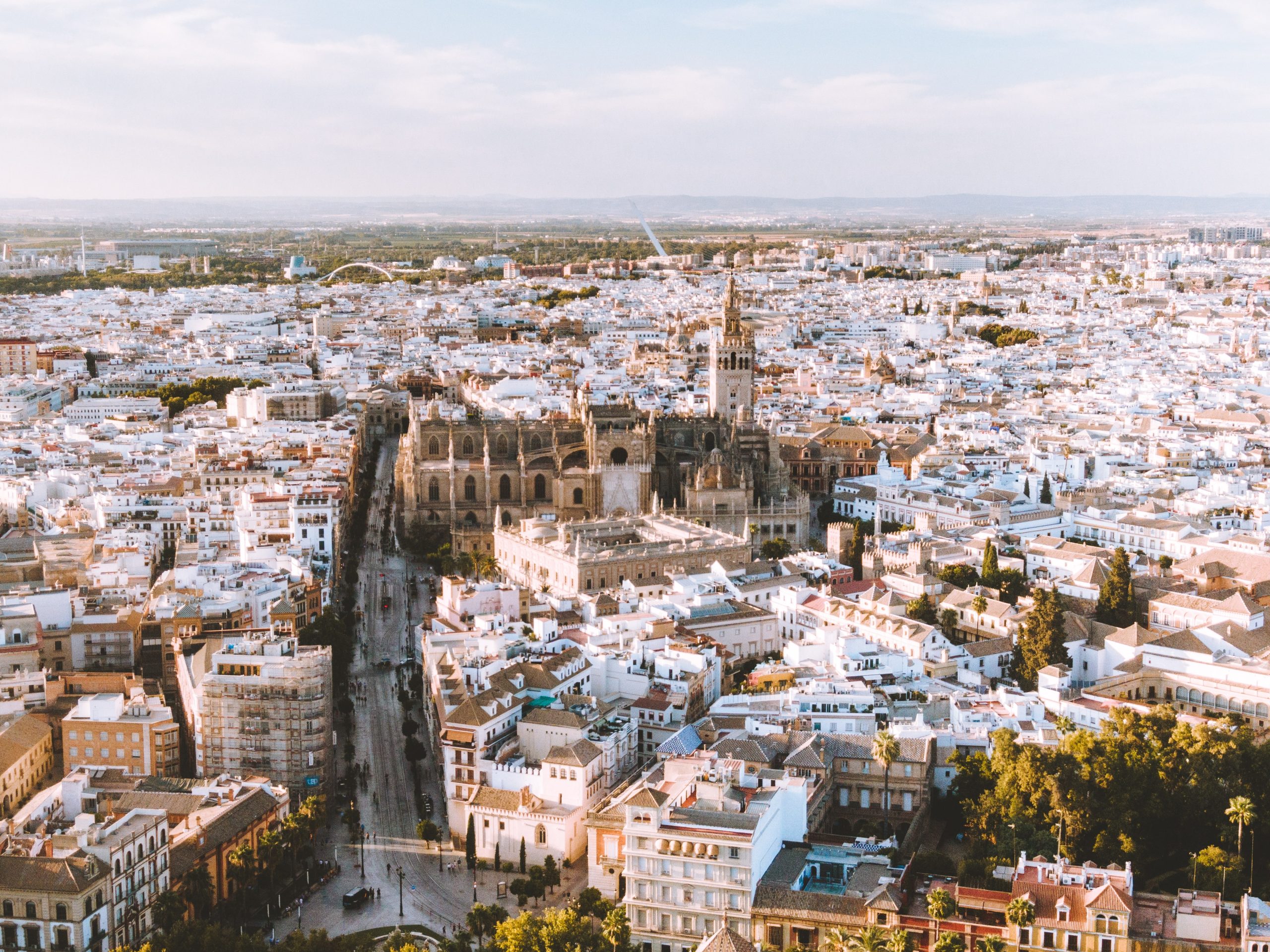Cities are categorizing and naming heat waves—yours should, too.
Arsht-Rock is working with international partners to pilot a heat-health warning system that categorizes and names heat waves. Unlike systems for other disasters, it is based on the expected negative health outcomes of the forecast heat event, not just weather conditions alone.
When deadly heat waves are not categorized or named, as with the 2022 European heat waves that killed over 61,000 people, the dangers can be under-recognized. Often referred to as the silent killer, heat waves do not bring the same visual devastation of wildfires, hurricanes, or floods. Yet they wreak damage on human and economic health, and many communities are entirely unprepared for climate-driven extreme heat.
The world just experienced its hottest week on record, but this could be the coolest summer to come. There are clear impacts on people and economies, and few places are safe from heat. As the climate changes, so should our response. Many people do not understand when heat becomes dangerous, and they only learn about severe heat events after they happen. Given the awareness gap and delayed warnings, it can be difficult if not impossible to properly prepare for extreme heat. Heat waves should be categorized and named before they begin, not after they end. By categorizing and naming heat waves, cities can sound the alarm and enable clearer communication with responders and the people most affected by its deadly impacts.
Why categorize and name heat waves?
Who is at risk?
Extreme heat is public health crisis, and everyone, everywhere can be at risk.
Exposure to hotter than average conditions affects the body’s ability to regulate temperatures and can lead to devastating heat illnesses. The impact of heat is often underestimated because it has indirect effects, too. Heat can intensify the transmission of certain diseases, increase rates of workplace injuries, and exacerbate poor air quality. All of these factors worsen health outcomes even when they are not directly attributed to heat.
While everyone is vulnerable to heat, certain groups are more likely to face higher risks than others. People at higher risk of heat-related injury, illness, or death include:
- Outdoor workers or workers in heat-exposed environments
- People over 65, particularly those with underlying health conditions
- Marginalized, informal, and lower-wealth communities
- Pregnant women, infants, and children, especially children under four
There are increasingly more stories of older adults dying during seemingly harmless activities, like gardening. These stories underline that for many vulnerable communities, just being outdoors can be dangerous during heat waves. Low-income people and communities of color also bear a disproportionate share of the burden, as they often lack access to cool environments, shade, and other resources to protect themselves from heat.
But everyone is susceptible to heat-related illness. Recent research finds that younger people are still susceptible to heat-related illness. Even on days that are not extremely hot, temperatures above the minimum morbidity temperature accounted for almost 12 percent of warm season emergency department visits for ages 0-18 in a sample of 3.8 million emergency department visits in 47 United States children’s hospitals.
Why is extreme heat underestimated?
Despite the overwhelming evidence, public understanding of the risks of heat is low compared to other natural disasters.
In August 2021, a young couple hiking in California died on the trail amid triple-digit temperatures, making headlines and underscoring the central contradiction: people do not perceive themselves to be at risk, even during life-threatening conditions.
Further, current heat messaging does not fully account for heat’s health risks. Many alert systems are based on temperature or wet bulb temperature (a measure of the heat stress in direct sunlight, which considers temperature, humidity, wind speed, sun angle, and cloud cover). These systems do not capture the full range of meteorological factors that can harm people, such as the local weather conditions in the 30 days before the heat wave. As a result, most current heat warning systems should be enhanced to close the dangerous gap between the damage caused by heat and our awareness of the threat.

How does the health-based forecasting system work?
Hurricanes and other dangerous weather events are already frequently categorized and named, and this helps to sound the alarm on an upcoming public health emergency and build a culture of preparedness. Naming weather hazards can improve public communications, and research has found significant improvement in residents’ preparedness when storms are named.
To close the awareness gap and help people understand the dangers of extreme heat, Arsht-Rock developed a categorizing and naming system, which is deployed in cities around the world in close collaboration with local partners.
Often meteorological terms such as the “heat index” or “wet bulb temperature” can be difficult to understand. By categorizing heat waves and targeting public messaging around the expected health risks, cities can help residents understand the dangers of heat. Instead of just saying “tomorrow will be a hot one,” residents can learn that a “category 3 heat wave will begin tomorrow.”
Under our system, heat waves are categorized using health-based metrics promotes better disaster preparedness and response, higher impact public messaging, and, ultimately, saved lives. Upcoming heat episodes are assessed based on its anticipated health impacts. When a heat wave rises to the most dangerous categories, it is named.
The system is already being tested in Seville, Spain, where Arsht-Rock collaborated with local partners and city officials to launch proMETEO Sevilla. By categorizing and naming heat waves, the pilot project gives people the context to better understand the dangers of extreme heat. Categorizing and naming focuses public attention and mobilizes proactive responses to extreme heat. Since it first launched in June 2022, the pilot system has already named three heat waves: Heat Wave Zoe Sevilla in July 2022, Heat Wave Yago Sevilla in June 2023, and Heat Wave Xenia Sevilla in July 2023.
“What we found in our ongoing analysis and surveys within Andalucía and other similar regions was that people recognized and remembered the heat wave name and that it actually changed their behavior,” Arsht-Rock’s Director of Extreme Heat Initiatives Kurt Shickman told the IKEA Foundation. “These participants took specific actions to keep themselves safer. Even better, they took on social behavioral actions; calling their relatives, checking in on neighbors, as well as with older people in the neighborhood to help keep them safe.”
This is only the beginning. Already, other cities are learning from this model and more heat waves are being named in advance of the dangerous heat episode. In July 2022, Heat Wave “Cleon” was named by the Greek Meteorological Agency EMY as temperatures exceeded 40 degrees Celsius (104 degrees Fahrenheit) in some parts of the country.
By categorizing heat with health-based early warning systems and naming the most dangerous heat events, cities and communities can become more resilient in the face of record-breaking heat.


